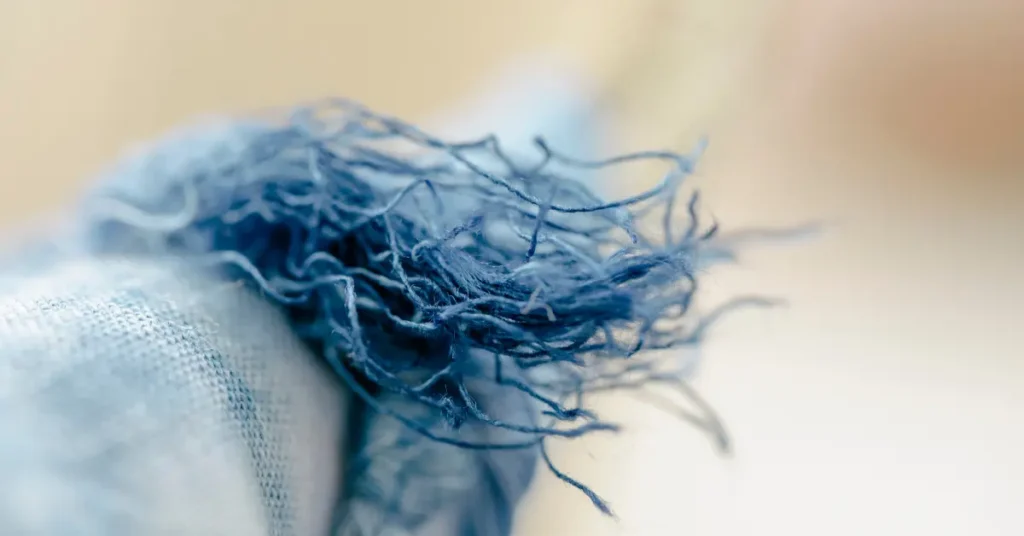Introduction: The Thread that Connects Fashion and Technology
In the intricate tapestry of fashion technology, few threads stand out quite like conductive threads and fibers. These marvels of innovation are not just strings of material; they are the conduits of a revolution, seamlessly weaving technology into the very fabric of our garments. Let’s unravel the intricacies of conductive threads and fibers and discover how they’re shaping the future of wearable tech.
Understanding Conductive Threads: More Than Meets the Eye
Conductive threads are no ordinary strands; they are a blend of traditional textiles with elements like metal or metal-coated nylon. The result is a flexible, electrically conductive material that can transmit power and signals across its length.
The Science Behind Conductive Threads: A Symphony of Materials
- Metallic Elements: At the core of conductive threads are tiny metallic elements, often silver or stainless steel. These elements create a conductive path, allowing electricity to flow through the thread.
- Nylon or Polyester Base: The metallic elements are typically woven or coated onto a base of nylon or polyester. This base ensures flexibility and durability, essential for use in clothing and textiles.
- Resistance and Conductivity: The key properties of conductive threads include resistance and conductivity. Engineers carefully calibrate these factors to achieve the desired level of electrical performance while maintaining textile-like qualities.
Applications of Conductive Threads: Where Fashion Meets Functionality
1. Wearable Tech: Conductive threads form the backbone of many wearable technology applications. From smart clothing to interactive accessories, these threads enable the integration of electronic components seamlessly.
2. Soft Circuits: Imagine circuits that are as soft as fabric. Conductive threads make soft circuits possible, allowing for the creation of flexible electronic circuits that can be incorporated into clothing and textiles.
3. Textile Sensors: The flexibility and conductivity of these threads make them ideal for creating textile sensors. These sensors can detect changes in pressure, temperature, or even biometric data, opening up new possibilities for smart textiles.
All these applications refer to the future of E-Textiles in fashion industry
Choosing the Right Conductive Thread: A Step-by-Step Guide
Step 1: Determine Your Project Requirements Before diving into the world of conductive threads, assess your project’s needs. Consider factors such as flexibility, conductivity, and durability.
Step 2: Understand Types of Conductive Threads There are various types of conductive threads, each with its unique characteristics. Familiarize yourself with options like stainless steel threads for durability or silver-coated threads for enhanced conductivity.
Step 3: Compatibility with Fabric Ensure the chosen conductive thread is compatible with the fabric you plan to use. Some threads may work better with natural fibers, while others are designed for synthetic materials.
Step 4: Sewing Techniques for Conductive Threads Master basic sewing techniques for conductive threads. Understanding how to sew them into your fabric will ensure a secure and conductive connection.
Why Invest in Conductive Threads: Elevating Your DIY Projects
Now, you might be wondering, why should you consider investing in conductive threads for your projects? The answer lies in the limitless possibilities they offer. Here’s why:
- Versatility: Conductive threads open the door to a world of creative possibilities. Whether you’re a hobbyist or a professional, the versatility of these threads allows you to bring your ideas to life.
- Customization: Want to create a unique piece of wearable tech? With conductive threads, you have the power to customize your projects, tailoring them to your preferences and style.
- Innovation: Stay on the cutting edge of DIY projects. By incorporating conductive threads, you’re not just following trends; you’re setting them.
Where to Find Quality Conductive Threads: A Buyer’s Guide
1. Shieldex: A reputable source with a wide selection of conductive threads, catering to both beginners and experienced enthusiasts.
2. AMANN Group: Check with your local craft stores; they might carry a variety of conductive threads, allowing you to see and feel the product before purchasing.
Conclusion: Weaving the Future with Conductive Threads
As we conclude this journey into the realm of conductive threads and fibers, it’s evident that they are more than just elements of fashion. They are conduits of creativity, enablers of innovation, and bridges between the worlds of textiles and technology.
In your next project, let the threads of possibility intertwine with the conductive magic of innovation. The future of wearable tech is not just sewn; it’s meticulously threaded.



